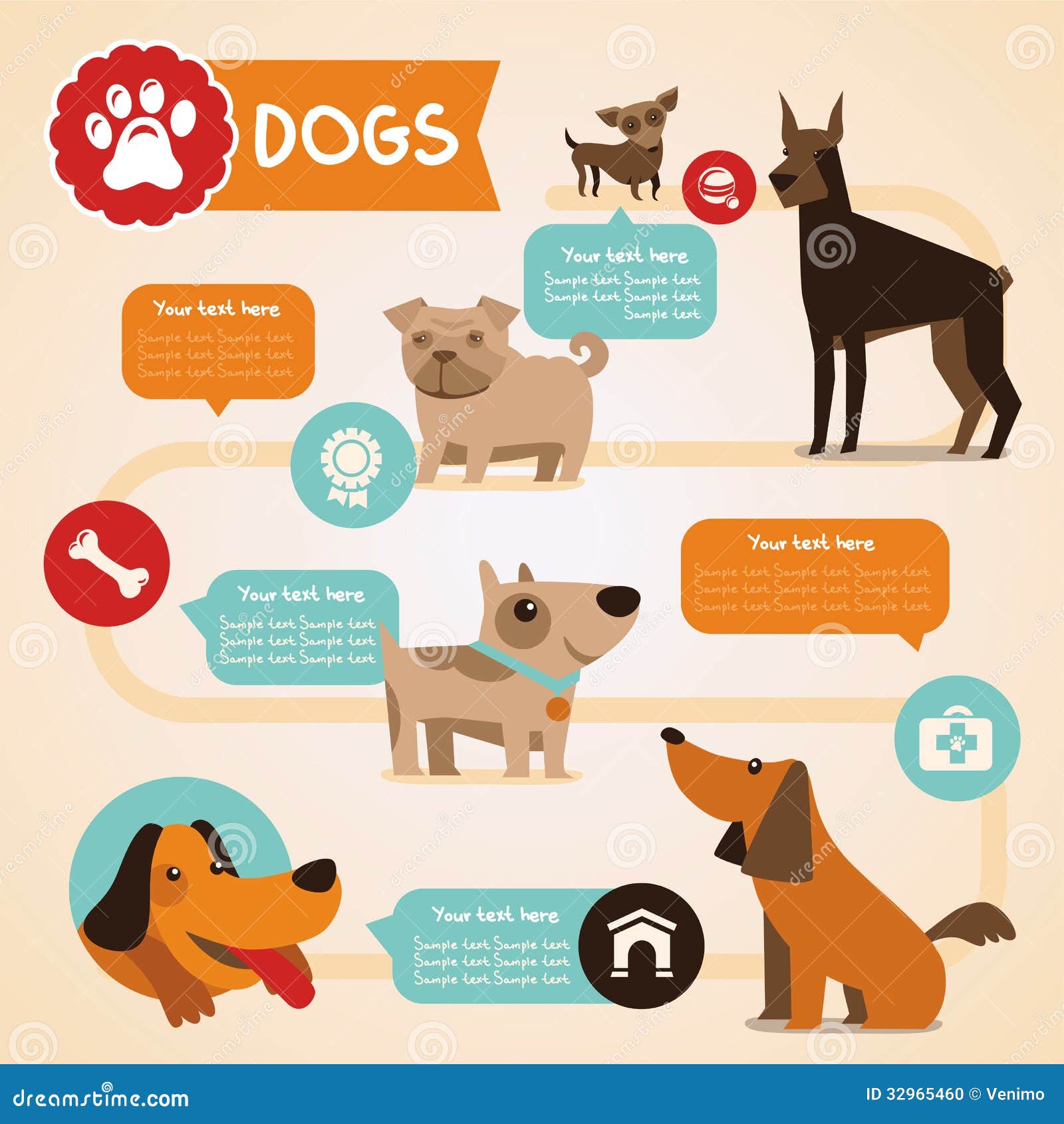Numerous dogs enjoy day care and are happy to be with their hair brother or sisters all day. However, for some dogs it can be difficult.
Try to find a facility with accredited fitness instructors and behaviorists that are on the flooring in any way times, monitoring the group play. This is particularly important for pet dogs who are responsive, show resource securing or ended up being antisocial or compulsive.
1. Overcrowding
For lots of dogs, day care is a favorable experience that offers physical and psychological exercise to burn pencil up power. Nevertheless, the influx of new dogs, scents and settings can be frustrating for some canines.
Canines should be coupled with various other canines that are comparable in dimension, age, socialization and play style to ensure safety and security and protect against overstimulation. Nonetheless, congestion is common at pet childcares and can trigger personality clashes and bullying that cause injuries.
Ask what precaution the facility requires to maintain your pup safe. As an example, is there an outdoor room for pet dogs to leave the groups? Does the center have routine breaks for your pup to relax their nerves? Ask what type of first aid and CPR training staff members have and if they recognize with administering drug to your canine. Also, it is necessary to ensure your pet's food and medicines are in an identified bag that daycare personnel can quickly accessibility.
2. Changes in regular
The end of summertime is coming and with it comes big modifications as kids go back to school and individuals return to their job schedules. This can be difficult for your dog. They'll miss all the hiking and playtime you do together and might start to really feel bored. Their actions may alter too, such as extreme barking or damaging actions.
Canines love regular, so a sudden shift in their everyday routine can cause them stress and anxiety. Ensure to intend ahead and progressively alter your feeding and stroll times in the weeks leading up to back-to-school. This will certainly assist your pet accustom to their new schedule and minimize any kind of undesirable behavior.
Childcare is an exceptional way for dogs to obtain lots of physical and mental workout, particularly if they are young or energised. They likewise receive socializing experiences that will build self-confidence and good behaviors, which can help them cope with the anxiousness they might experience from points like trips to the veterinarian, check outs to dog boarding and training your home or office and other difficult events.
3. Separation anxiety
The drop off and get procedure can be a little bit difficult for dogs, specifically when it's the very first time. Several pet dog daycares provide a consistent day-to-day timetable, and over time this assists family pets feel comfortable and secure while they're far from their owners.
Structured play, structured rest periods and routine snack times all aid pets establish a sense of familiarity and predictability. This, integrated with favorable support, assists relieve separation stress and anxiety symptoms.
Socializing likewise keeps canines physically and emotionally occupied, which can make them less reactive to stress factors when they're home. This, along with positive support, helps to lower anxiety and boost self-worth.
4. Not being watched play
Pet dogs that are not mingled on a regular basis can come to be anti-social-- this is frequently viewed as pet aggression. This can happen also in a well-managed day care setting, so be sure to enjoy the pets very carefully. Try to find a proportion of 11 or less dogs to floor people. Personnel should be playing and interacting with the canines, not sitting at their workdesks or looking at their phones.
The center should have a peaceful location where the pet dogs can unwind and charge in between play sessions. This is specifically important for high-energy breeds that need to burn off additional energy or low-energy older pet dogs.
Ask the team what they do to maintain the pets relax. They should make use of positive support (praise, petting, play) and never use physical penalty or aversives. They need to additionally be trained in pet emergency treatment and mouth-to-mouth resuscitation. Lastly, the center needs to have an efficient method for feeding times to prevent food aggressiveness.
